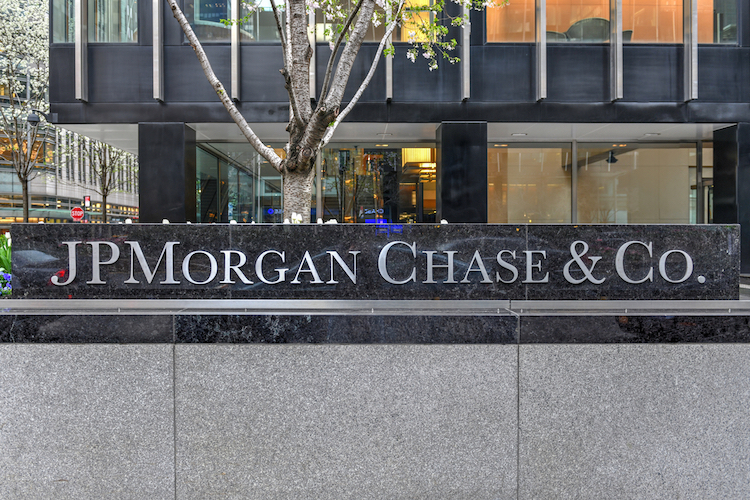At the beginning of the year, the city of Lugano in the Ticino region made history by issuing its first digital bond on the SDX DLT platform. Less than a month later, the bond became the first digital-native asset to be accepted as collateral for repos by the Swiss National Bank (SNB).
A new era of fixed income investments is dawning, as digital bonds based on blockchain technology gain acceptance as an alternative to traditional bond issuances. Lugano, the new competitor to Zug as a crypto hub, joined the trend by issuing a digital bond using the Tether stablecoin. The recognition as collateral for SNB repos is another milestone. The following discusses the benefits and challenges of digital bonds based on blockchain technology and analyzes the potential impact of Lugano's pioneering work on the fixed income securities market.
Lugano issues digital bonds on the blockchain
Lugano's issuance of digital bonds is a significant milestone in the adoption of blockchain-based securities. The move demonstrates the feasibility and potential of the technology in the fixed income bond market. The issuance, which was issued in collaboration with stablecoin issuer Tether and the Zurich Cantonal Bank (ZKB) as sole lead manager, involved the sale of CHF 15 million worth of bonds to qualified investors. The digital bonds can be traded on both the traditional infrastructure of SIX and the blockchain-based platform of the SIX Digital Exchange (SDX).
After the issuance and due to the dual listing, the bond became the first digital-native asset to be accepted as recognized collateral for SNB repos. This is an important milestone in the adoption of digital bonds and another world first.
"We are very pleased that the SNB has included Lugano's digital bond in the SNB General Collateral Basket. I see this as an important signal to market participants that digital bonds have not only arrived in the domestic CHF bond market, but have established themselves as a fixed part of the capital market value chain in Switzerland." - Alexandre Kech, Head of Digital Securities at SDX
Digital blockchain bonds: a double-edged sword
Digital bonds are digital representations of traditional bonds that are issued and traded on blockchain platforms. Depending on the nature of their issuance, they offer several advantages over traditional bonds:
- Increased efficiency: Digital bonds can be issued and settled faster and with lower transaction costs than traditional bonds, as they require fewer intermediaries such as custodians and clearing houses.
- Increased transparency: Digital bonds are recorded on a public blockchain, allowing investors to track their ownership and transaction history in real-time, reducing the risk of fraud and manipulation.
- Broader accessibility: Public blockchain-based digital bonds can be bought and sold by anyone with an internet connection, without the need for a broker or bank account, democratizing access to fixed income investments.
Despite their advantages, digital blockchain bonds are also associated with some challenges.
- Regulatory uncertainty: The legal frameworks for digital bonds are still under development and vary from country to country. Issuers and investors must navigate a complex landscape of legal and compliance requirements, which can hinder adoption and liquidity.
- Technical risks: Blockchain platforms are still in the early stages of development and face technical challenges such as scalability, interoperability, and security. Issuers and investors of digital bonds must ensure that their platforms are reliable and robust and that their assets are protected from hacks and theft.
- Market adoption: Digital bonds are still a new and unfamiliar asset class for many investors. Without a track record of performance and risk, some investors may be hesitant to invest.




